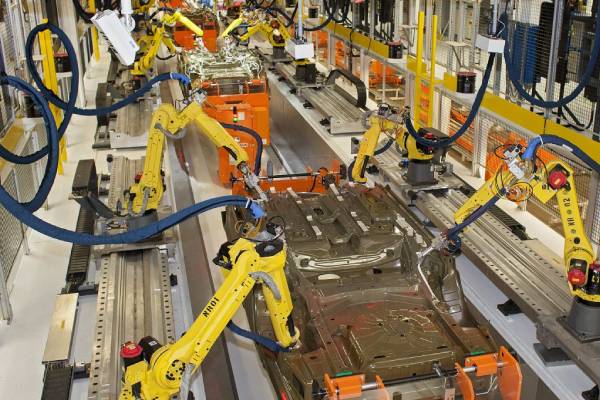In this age of digital technology, companies in the hi-tech industry are facing disruptions as there is intense competition within the industry. The industry is moving fast with new technology being developed continuously.
Managing the supply chain for companies in this industry is critical as the number of products offered is huge, customized. Finding equilibrium in inventory management is very difficult as a business needs to figure out a way to meet current demands but making sure of optimum stock level. On the other hand, it needs to manage production as technologies become obsolete pretty quickly.
Since the technology is continuously evolving, there is a continuous need to revamp the company’s production, inventory management system, vendors, and training processes accordingly. The evolving nature has pushed companies to increase collaboration with each other in the industry to meet the increasing demands for complex products and fast time-to-market requirements and the need for flexibility and product development cycle.

The evolving technologies have pressurized the manufacturers to increase collaboration with each other in the industry to meet the increasing demands for fast time-to-market, flexible product development cycle, and need for complex products. This has brought focus on the ability to collaborate and share information securely across time zones, geographical locations both within the organization and collaborating partners.
A high-tech company’s supply chain typically stretches far and wide and could include thousands of suppliers, manufacturers, logistics companies, and other participants. The variety of products goes well beyond ordinary general-purpose items, including high-margin consumer electronics items sold through retailers like Best Buy as well as systems “engineered to order” in high-end stores. Many companies are rethinking their supply-chain strategies in light of rising commodity prices, new competitors, and other variables. Supplying and balancing demand across all markets, product segments, and cost objectives while also maintaining customer service standards is an extremely complex task. A significant amount of information must now be analyzed and decisions made on supply-chain plans by teams of geographically and organizationally dispersed people. Collaborating accurately and in full view of information is critical to planning and execution activities (including customer order fulfillment and inventory replenishment). For excellence in supply-chain management, it is essential to have access to accurate, updated information on a timely basis by the right decision-makers.
